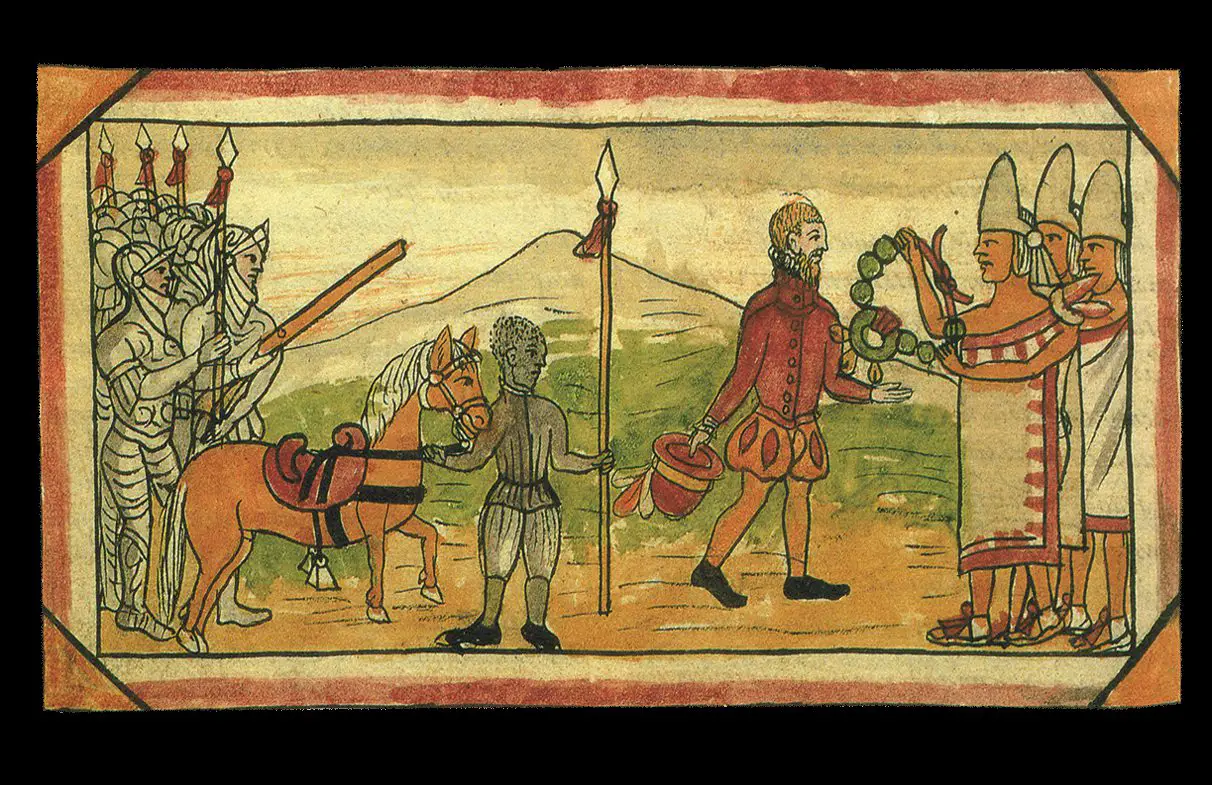Archaeologists have recovered DNA from 10 colonial-era inhabitants of Campeche, Mexico, revealing the diversity of the founding populations of European settlements in the Americas.
Campeche was an early colonial settlement in Yucatán. It was founded in 1540, less than 20 years after the Spanish conquest of the Aztecs, once conquistadors secured their rule.
The important port was initially served by a parish church until it was replaced by a cathedral in 1680. The church was rediscovered in 2000 during rescue excavations when archaeologists found 129 early colonial burials at the site.
Early attempts to extract DNA from these burials failed. Now advances in aDNA research have allowed Professor Vera Tiesler and a team of researchers from Harvard University to
gather genetic data from this important site. Their work is published in the journal Antiquity.
“Ancient DNA methods have improved to the point where we can generate robust data from warm, humid environments,” said Dr Jakob Sedig, from the Reich Laboratory at Harvard University and co-lead author of the research, “Using the petrous bone, we were able to generate excellent data from all 10 individuals we tested, which is encouraging for future ancient DNA analysis in this region.”
The aDNA revealed the 10 individuals interred in the colonial cemetery were made up of six females and four males, and none were close relatives. Most were local Indigenous Americans, but people of European and sub-Saharan African ancestry were also identified.
Notably, the paleogenomics data contradicted some of the previous attempts to identify the sex and ancestry of individuals solely based on conventional analyses of physical attributes.
“Early colonial Campeche had a multi-ethnic population, where previously disparate groups mixed for the first time under Hispanic rule,” said Professor Tiesler, from Universidad Autónoma de Yucatán and co-lead author of the research, “The spatial distribution of the locals and immigrants of different ancestries across the Campeche cemetery confirms the prompt forced integration of all populations into this new way of life.”
Despite these diverse populations living together, there was no evidence people from these different backgrounds had children together. None of the individuals had recent ancestry from any other populations.
“We expected to find individuals with mixed genetic ancestry. However, our analysis found no evidence of this,” said Dr Sedig, “This seems to indicate that although they were buried together, different groups maintained some degree of separation in life.”
Many of these details uncovered from the palaeogenetic data are missing from historical records, as they are mostly focused on the inhabitants of European ancestry. “These data add a new ‘human’ layer to our understanding of a crucial era and location in the history of New Spain,” said Professor Tiesler, “These results provide insights into the individual lives and social divides of the town’s founder communities and demonstrate how ancient DNA analyses can contribute to understanding early colonial encounters.
https://doi.org/10.15184/aqy.2022.79
Header Image Credit : Antiquity







